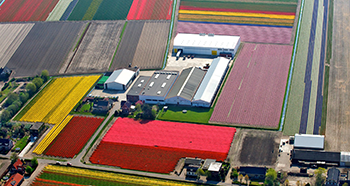Wholesale Flower Bulbs, Bulk Tulip Bulbs & Wholesale Daffodil Bulbs direct from Holland since 1946!
Alliums, Amaryllis, Daffodils, Hyacinths, Paperwhites, Tulips & More
A.D.R. Bulbs® is a leading provider of wholesale flower bulbs direct from our 300 acre family farm in the Netherlands since 1946.
A.D.R. Bulbs® carries the largest fall bulb inventory in the USA; 450+ varieties of elite quality, top size Dutch flower bulbs!
We specialize in supplying wholesale Dutch flower bulbs for botanical gardens, cemeteries, cut flower growers, e-commerce, golf courses, greenhouses, independent garden centers, landscape professionals, municipalities, parks, re-wholesalers, universities & u-pick farms.
In 2022, we shipped over 22 million bulbs to all 50 states in the USA!





















